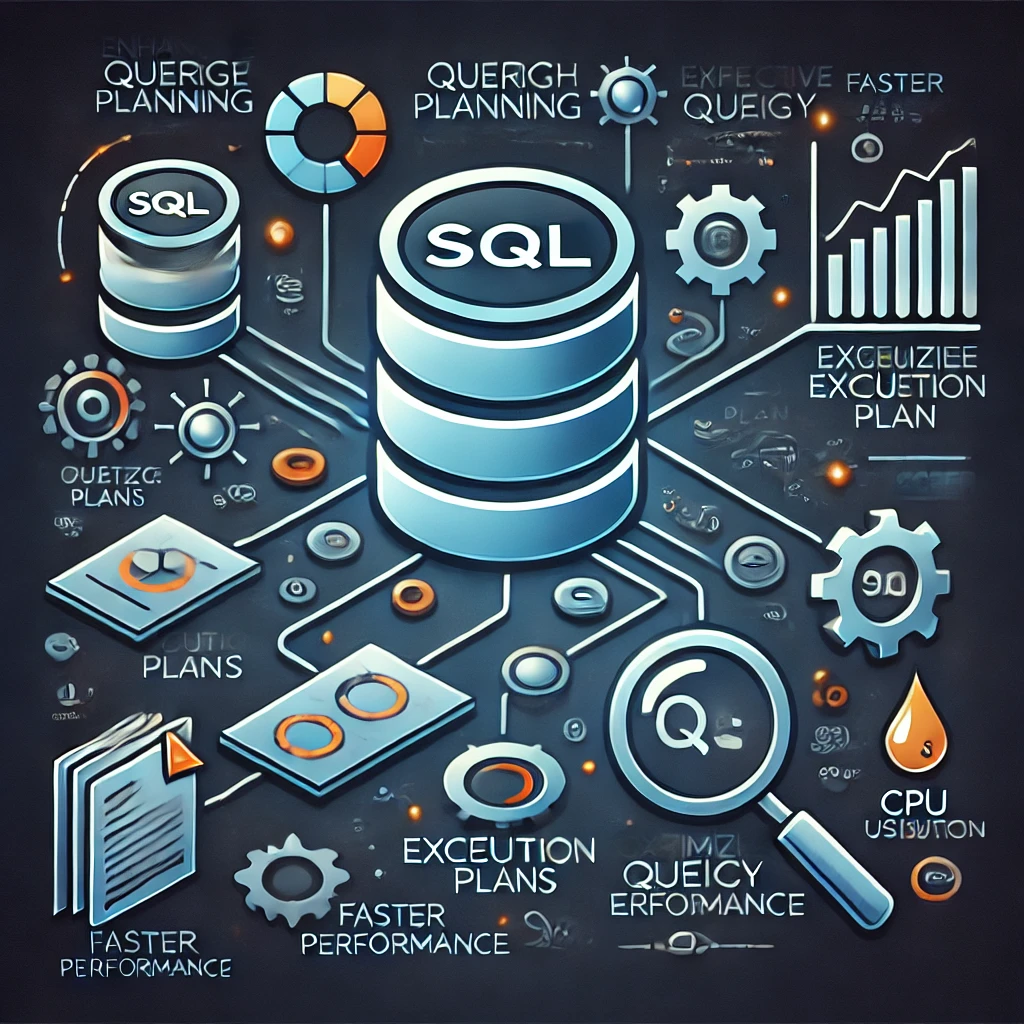Best Docker Security Tools to Protect Your Containerized Applications
 Alex Reynolds in containers119 days ago
Alex Reynolds in containers119 days ago
Securing Your Dockerized World: Essential Tools for Container Security
In the dynamic landscape of modern application development, containers have emerged as a game-changer. Docker, the leading containerization platform, empowers developers to package and run applications in isolated environments, offering numerous benefits like portability, scalability, and efficiency.
However, with this increased flexibility comes the responsibility of ensuring container security. As applications are packaged within containers, they inherit the security posture of their host environment. This makes vulnerabilities within the container image or the Docker host itself a potential entry point for attackers.
Fortunately, a robust ecosystem of security tools exists to address this challenge. Let's delve into the best Docker security tools that can help you protect your containerized applications:
1. Anchore Engine:
Anchore Engine provides comprehensive container image analysis and vulnerability scanning. It leverages a rich set of policies and rules to assess images against industry best practices and known vulnerabilities. Anchore's strengths lie in its ability to integrate seamlessly into CI/CD pipelines, enabling automated security checks before deployments.
2. Aqua Security:
Aqua Security offers a comprehensive platform for securing containerized workloads across the entire development lifecycle. From image scanning to runtime protection, Aqua provides a multi-layered approach to container security. Its key features include:
- Image Scanning: Detects vulnerabilities and misconfigurations within container images.
- Runtime Security: Protects running containers from threats with advanced threat detection and response capabilities.
- Policy Enforcement: Enforces security policies across your containerized environment.
3. Twistlock:
Twistlock, now part of Palo Alto Networks, is known for its robust container security platform that goes beyond vulnerability scanning. It offers a comprehensive suite of features, including:
- Image Security: Scans for vulnerabilities, malware, and misconfigurations in container images.
- Runtime Protection: Provides security for running containers with features like process control, network security, and intrusion detection.
- Compliance: Ensures adherence to industry regulations and best practices.
4. Snyk Container:
Snyk Container is a powerful tool for developers that integrates seamlessly with popular development workflows. It provides vulnerability scanning, automated remediation recommendations, and real-time monitoring. Snyk excels in its ability to prioritize vulnerabilities based on their severity and the likelihood of exploitation, making it an invaluable tool for developers looking to quickly address security issues.
5. Clair:
Clair is an open-source tool that provides vulnerability scanning for container images. It utilizes a database of known vulnerabilities and automatically scans images to identify any potential issues. Clair is lightweight and easy to integrate into existing systems, making it a popular choice for organizations looking for a free and open-source solution.
6. Docker Bench Security:
Docker Bench Security is a script developed by the Docker team to assess the security posture of Docker hosts. It runs a series of checks against best practices and provides a detailed report of potential security vulnerabilities. This tool is essential for ensuring the security of the Docker environment itself.
7. Trivy:
Trivy is another popular open-source tool for vulnerability scanning and misconfiguration scanning for container images, file systems, and infrastructure as code. It is lightweight and fast, making it a great choice for continuous integration and continuous delivery (CI/CD) pipelines.
Building a Robust Container Security Strategy:
While these tools offer invaluable support, building a comprehensive container security strategy requires a multi-layered approach:
- Security by Design: Incorporate security considerations from the early stages of development.
- Image Scanning: Regularly scan container images for vulnerabilities before deployment.
- Runtime Protection: Implement security measures to protect running containers from threats.
- Continuous Monitoring: Continuously monitor container environments for suspicious activity.
- Incident Response: Establish a plan for responding to security incidents.
By leveraging the right combination of tools and implementing a robust security strategy, you can effectively safeguard your containerized applications and mitigate the risks associated with containerized environments.



